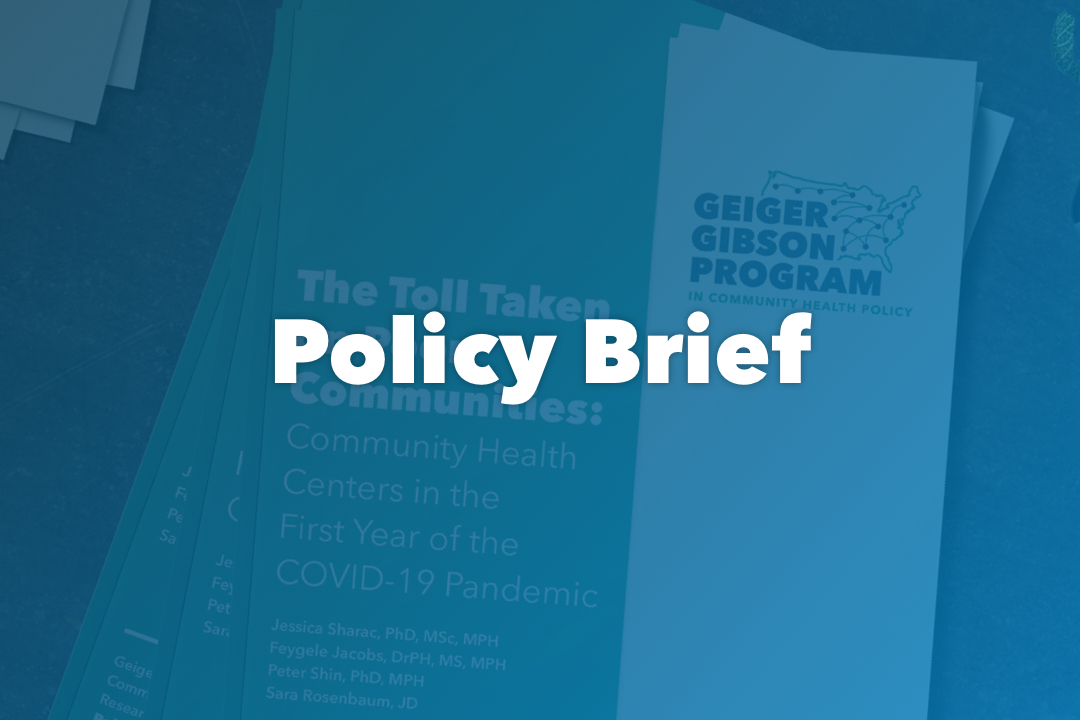A new analysis examines the continued growth of community health centers through 2019. The authors analyze health center activity based on data from the U.S. Department of Health and Human Services Uniform Data System (UDS) and document that on the eve on the COVID-19 pandemic, health centers were positioned to assume an integral role in the national coronavirus response. In 2019, community health centers served 30.4 million patients across the nation. From 2000 to 2019, the number of Medicaid patients served increased by 341 percent, a key indicator of the impact of the ACA Medicaid expansion on access to health insurance among the poorest Americans. The report further finds key differences between Medicaid expansion and non-expansion states. By 2019, 53% of patients served by CHCs in expansion states were covered by Medicaid, compared to 41% in 2010. By contrast, in non-expansion states, the proportion grew from a much lower initial level of 31 percent to only 32 percent.
Throughout the COVID-19 crisis, community health centers have been on the front lines, serving the poorest and most at-risk communities, but have experienced sustained site closures, staffing losses and reductions in non-COVID-19 services, and from April- August 2020, have sustained revenue losses of nearly $2.9 billion – nine percent of annual total health center revenue. While emergency pandemic-related funding has provided some limited relief, the Community Health Center Fund, which makes up more than 70 percent of federal health center grant revenue, is set to expire at the end of November 2020. Stable long-term funding is essential for health centers to recover fully and continue to grow.
The study is part of the Geiger Gibson/RCHN Community Health Foundation Research Collaborative’s signature policy brief series.



